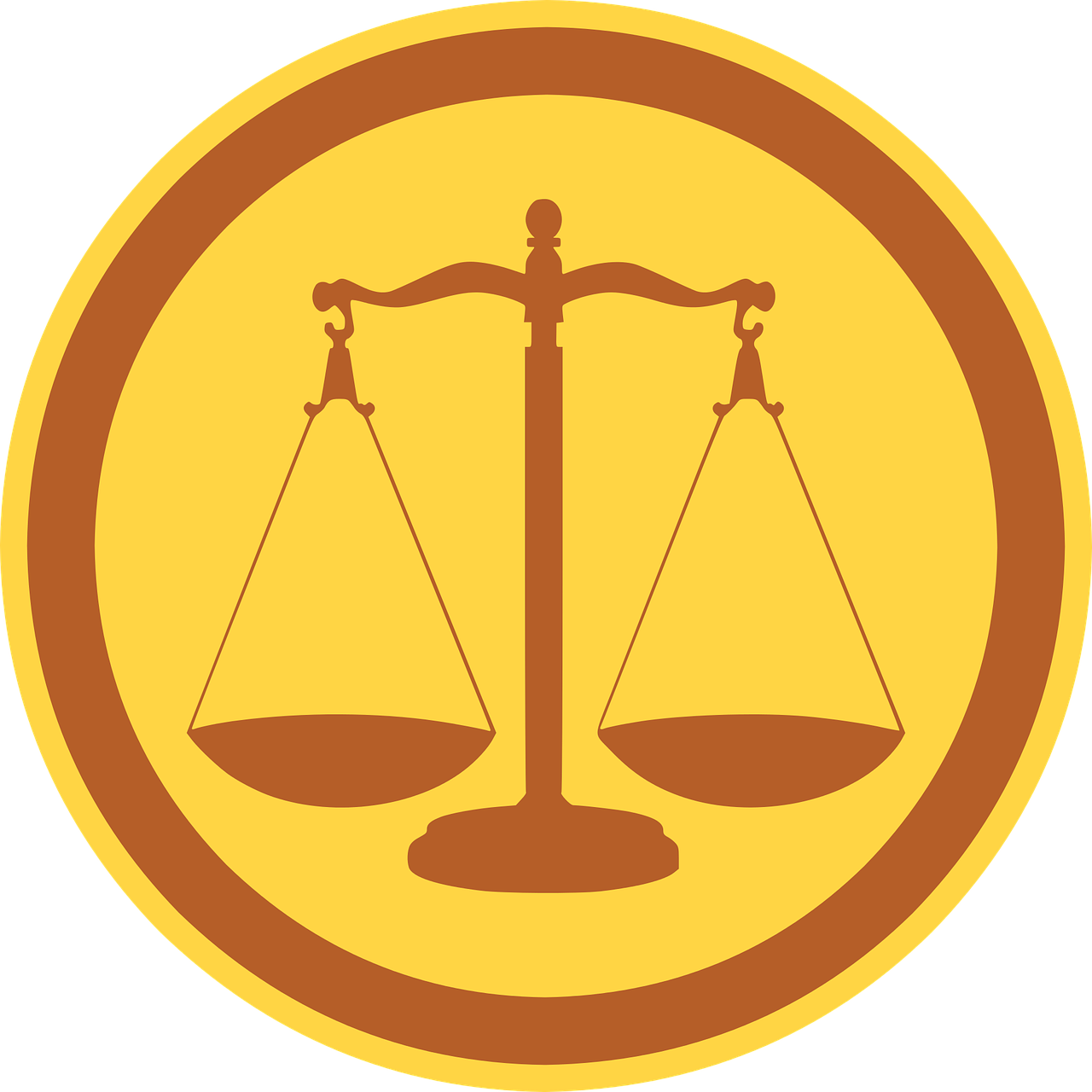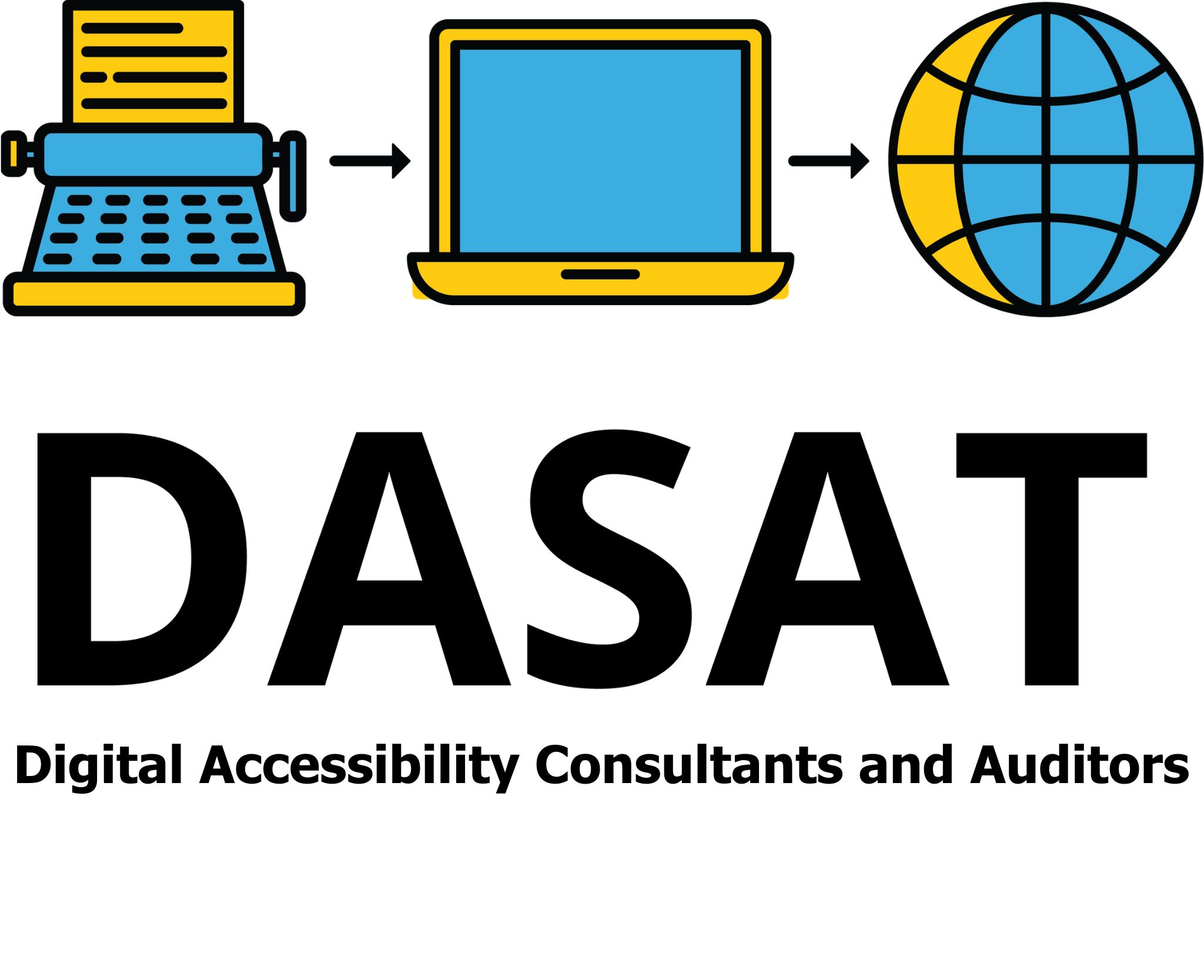Frequently Asked Questions (FAQ)
Digital Accessibility and Assistive Technology

Vision Impairment and marketing materials
Question
Answer

Reporting Accessibility Issues
There will be times that you will find a website or a piece of documentation that is not accessible to you for various reasons. The words might be too small to read, or the font that is used is hard to read. The words might not be understandable by you or the website can’t be magnified without making the site unreadable.
The first step in resolving this issue is to make a note of the date and time and the name of the website that you are viewing. Take a screen shot by pressing “Print Screen” on your keyboard or take a photo. Find the contact us page for the company involved and email them with a photo and explain the accessibility issue. Ask if a meeting can be organised to discuss the accessibility issues. If you do not get a good response then you have the right to contact the Human Rights Commission.
